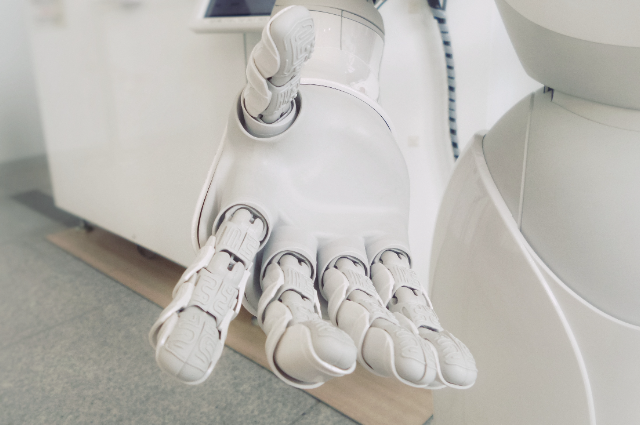
Photo by Possessed Photography on Unsplash
Introduction:
Artificial Intelligence (AI) has emerged as a transformative force, pervading various facets of our lives and reshaping industries. It refers to a system that shows intelligent behaviour by analyzing its environment and then taking action. The first wave of early AI techniques is known as symbolic AI. The second wave includes more recent data-driven approaches which have developed over the last two decades. As AI technologies advance, the impact on employment opportunities becomes a topic of significant discussion. While AI brings forth unparalleled possibilities for innovation and efficiency, it also raises concerns about the displacement of jobs. This article explores the future of AI and its intricate relationship with employment, considering both challenges and opportunities especially when stakes are high but it should be clear that the context is speculative.
The Rise of Artificial Intelligence:
AI, a branch of computer science dedicated to creating intelligent machines, has witnessed remarkable progress in recent years. Machine learning algorithms, deep neural networks, and advanced robotics have enabled AI systems to perform tasks that once seemed reserved for human intelligence. From autonomous vehicles to virtual personal assistants, the scope of AI applications continues to expand, promising to revolutionize industries and redefine the nature of work.
Impact on Employment Opportunities:
- Automation and Job Displacement: The integration of AI-driven automation in industries has the potential to streamline operations, enhance productivity, and reduce costs. However, this efficiency comes at a cost—some traditional jobs may become obsolete as machines take over routine, repetitive tasks. Jobs in manufacturing, data entry, and customer service, among others, are susceptible to automation, leading to concerns about job displacement.
- Creation of New Job Roles: While AI may eliminate certain job functions, it also creates new opportunities. The development, implementation, and maintenance of AI systems require a skilled workforce. Jobs related to AI, such as data scientists, machine learning engineers, and AI ethicists, are on the rise. As industries evolve, the demand for individuals with expertise in AI-related fields continues to grow, contributing to the overall employment landscape.
- Human-AI Collaboration: The future of employment may see a shift towards collaboration between humans and AI systems. AI can augment human capabilities, enabling workers to focus on tasks that require emotional intelligence, creativity, and complex problem-solving—areas where machines currently struggle. This collaborative approach could lead to the creation of hybrid job roles that leverage the strengths of both humans and AI.
- Reskilling and Education: Adapting to the evolving job market requires a commitment to continuous learning. Reskilling programs and educational initiatives become crucial in preparing the workforce for the AI-driven future. Empowering individuals with the skills needed to work alongside AI technologies ensures a more resilient and adaptable workforce.
Challenges and Considerations:
- Inequality and Accessibility: The benefits of AI should be distributed equitably. Concerns arise about the potential exacerbation of inequality if access to AI-related education and opportunities is not widespread. Addressing these disparities is essential for fostering a society that can harness the benefits of AI inclusively.
- Ethical Implications: As AI becomes more integrated into daily life, ethical considerations come to the forefront. Issues like bias in algorithms, invasion of privacy, and the responsible use of AI need careful attention. Developing ethical guidelines and regulations becomes imperative to ensure that AI technologies are deployed ethically and responsibly.
- Job Market Dynamics: The evolving nature of the job market demands a proactive approach to workforce planning. Governments, industries, and educational institutions must collaborate to anticipate future skill requirements and facilitate the development of a workforce that can thrive in an AI-dominated era.
Computer Vision:
This artificial intelligence technology enables computers and systems to derive meaningful information from digital images, videos, and other visual inputs and act on those inputs. This ability to provide recommendations sets it apart from image recognition tasks. Computer vision, powered by convolutional neural networks, has applications in photo tagging in social media, radiological imaging in healthcare, and self-driving cars in the automotive industry.
Conclusion:
The future of employment in the age of artificial intelligence is a complex landscape of challenges and opportunities. While concerns about job displacement are valid, the potential for AI to create new, meaningful roles cannot be ignored. Striking a balance between the benefits of automation and the preservation of human-centric skills is key to navigating this transformative period. It is crucial for societies to invest in education, reskilling, and ethical frameworks to ensure that the integration of AI into our workforce is both inclusive and sustainable. The journey ahead involves embracing change, fostering innovation, and shaping a future where humans and AI collaborate harmoniously.
